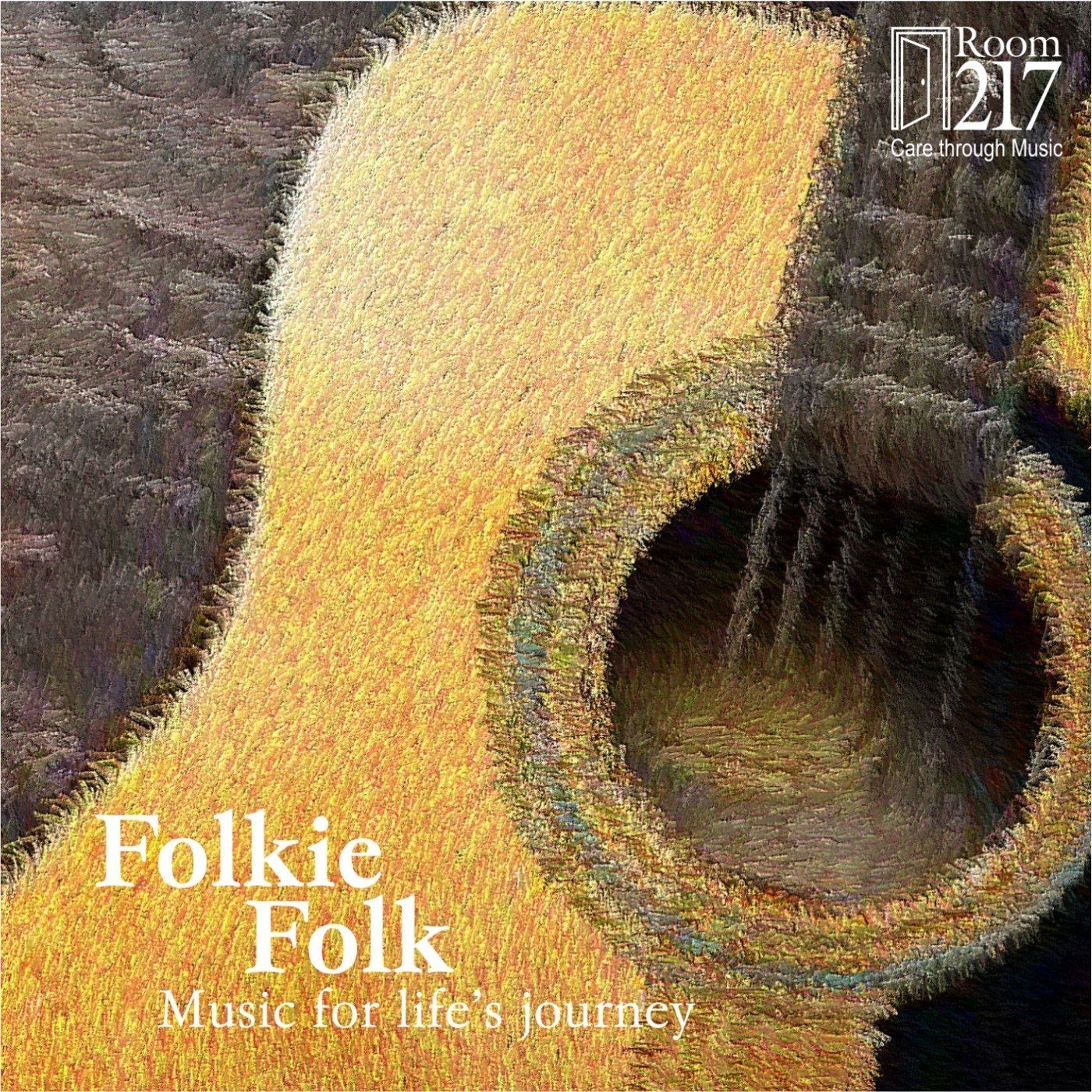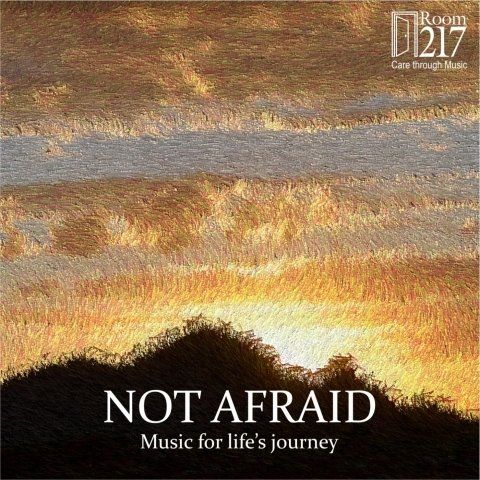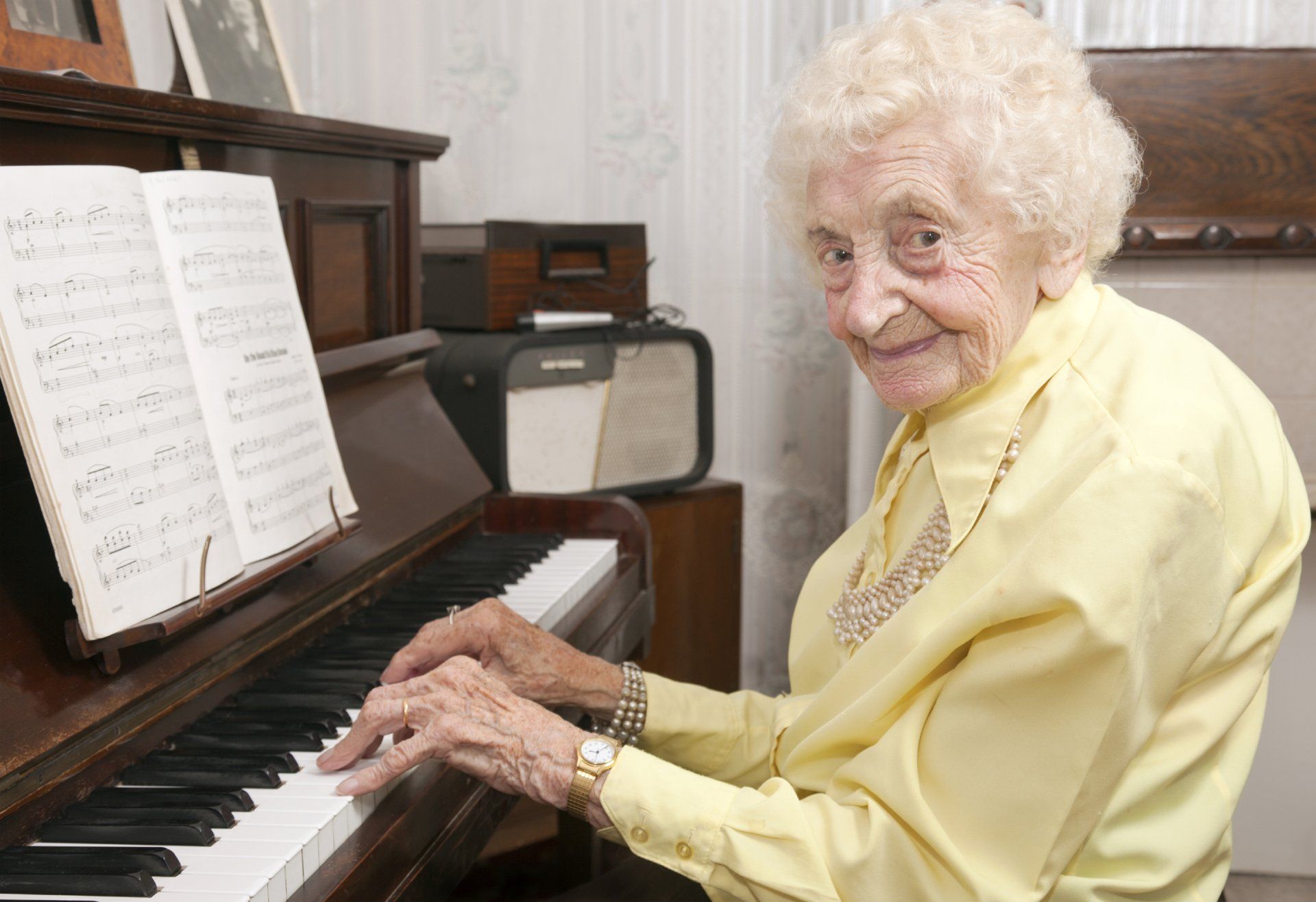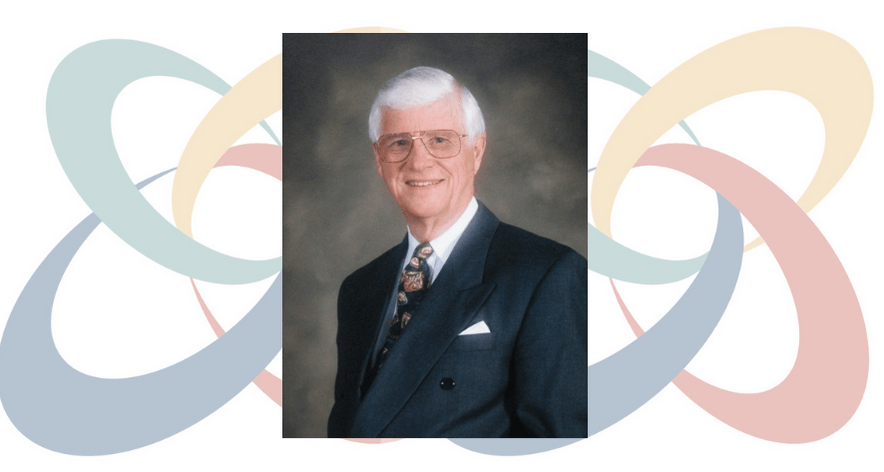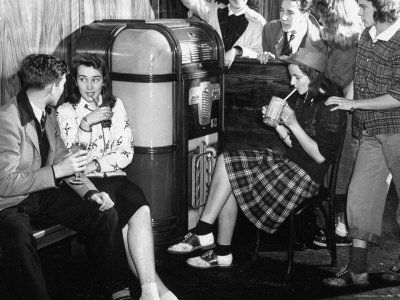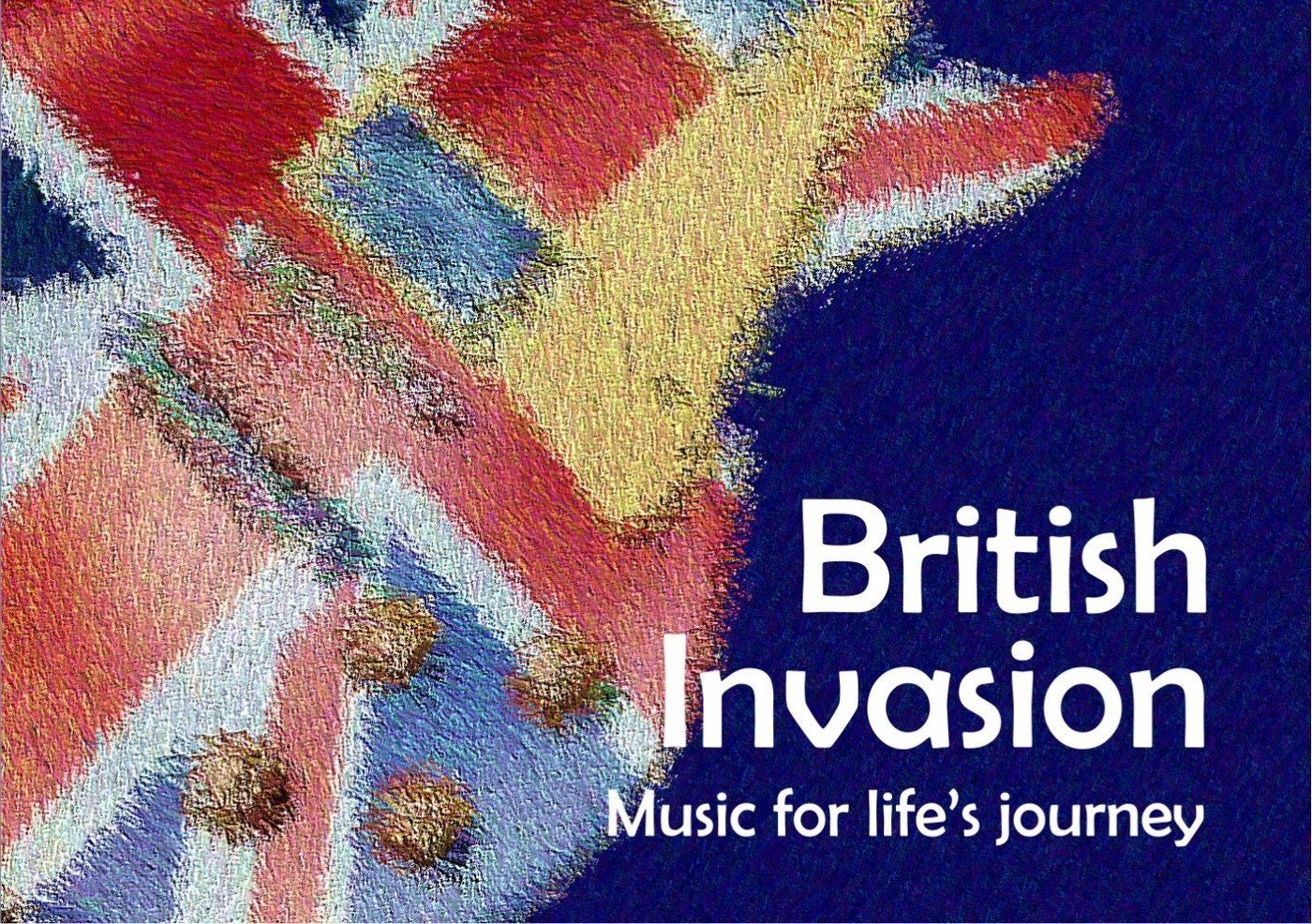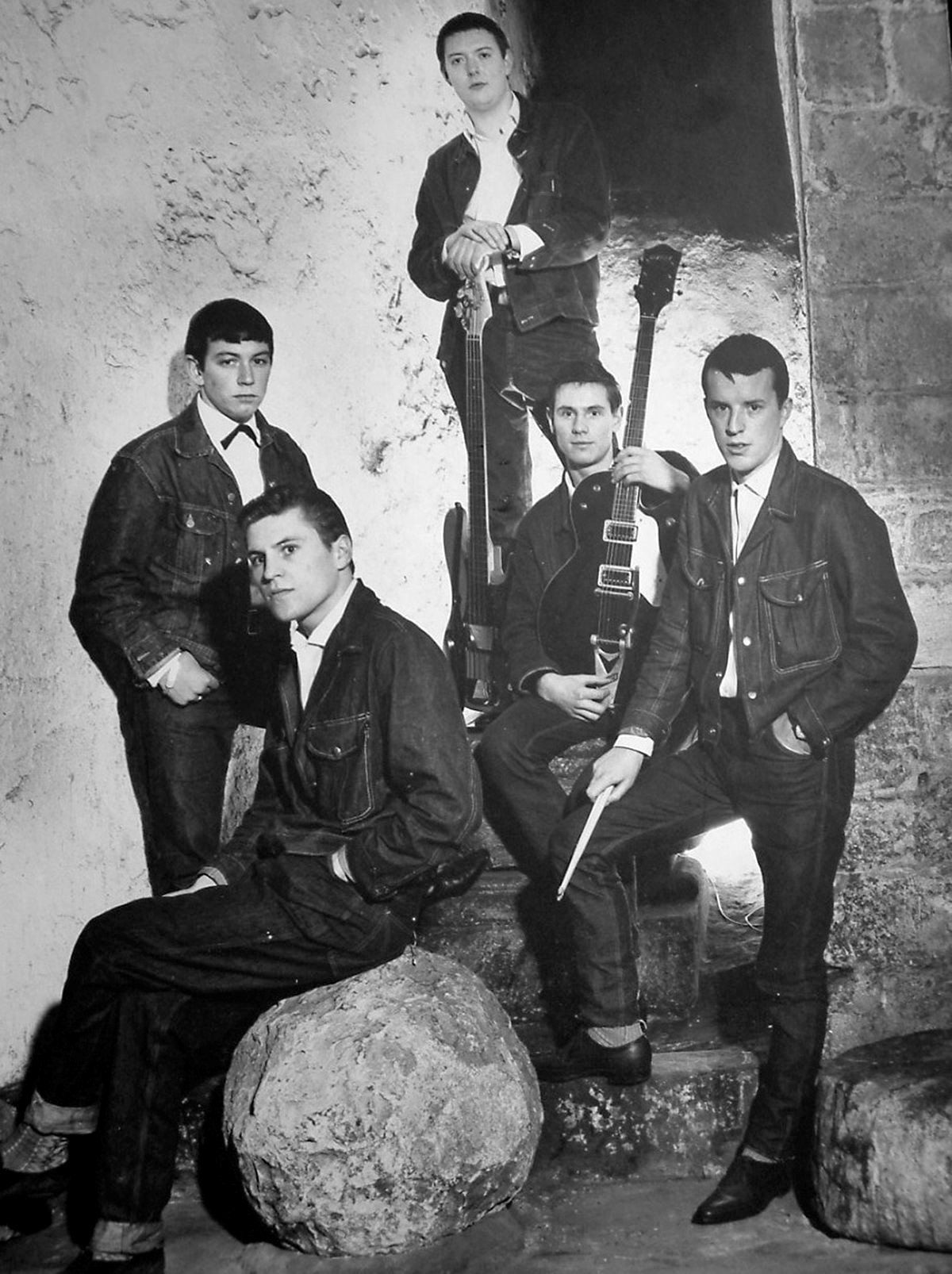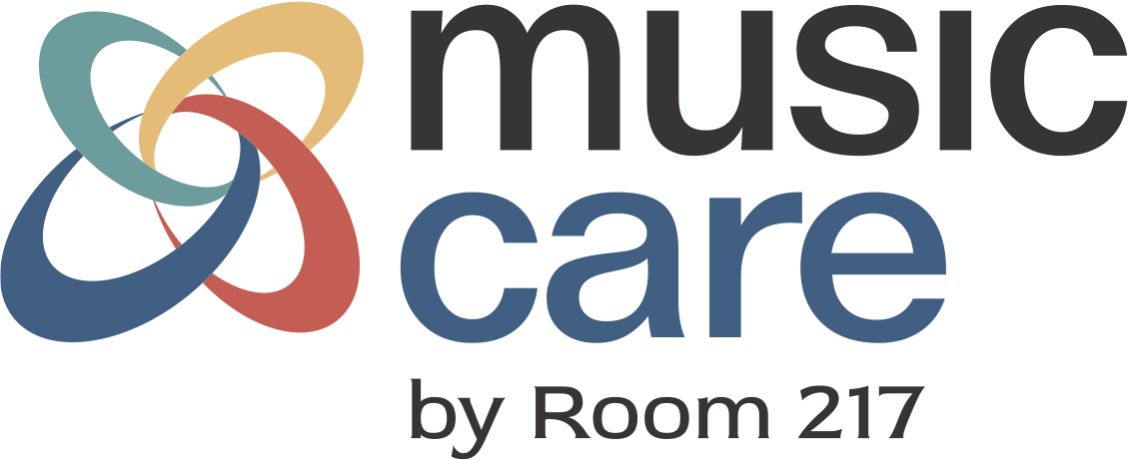Music and Neurodiversity - Autism Spectrum Disorder
This blog will include both person-first language (“a person with autism”) and identity-first language (“an autistic person”) to reflect the differences in preferred language in the autistic community. You should always directly ask a person’s preferred language. All references are hyperlinked.
Neurodiversity is a term used to describe the differences in the way people’s brains work. It is the idea that there is no “right” or “wrong” way for the brain to function and that people perceive and respond to the world in different ways. It is often used in the context of autism spectrum disorder (ASD) but it also refers to ADHD, downs syndrome, dyspraxia (movement processing difficulties) and dyslexia (language processing difficulties) to name a few. The term was coined by Australian sociologist Judy Singer in the 1990s to promote equality and inclusion, as well as highlight the benefits of neurodiversity.
The DSM-V describes autism spectrum disorder as a developmental disability characterized by difficulties with social communication and interaction, and restricted and repetitive behaviors. Historically autism research focuses on the social communication and interaction aspects of the disorder, often neglecting the sensory and motor needs of persons with autism.
We have eight senses - sight, hearing, smell, taste, touch, vestibular, proprioceptive and interoceptive. The vestibular system senses balance and posture, while the proprioceptive system senses movement, action and location. The lesser-known interoceptive sense is responsible for understanding our body’s internal sensations, like whether we’re hungry, cold or tired.
Autistic people often have difficulty interpreting sensory information which can result in difficulties with self-regulation. If you have trouble interpreting sensory information your body might feel uncomfortable but you don’t know why. This feeling of “not being in your body” can result in sensory seeking or sensory avoiding behaviors. A sensory seeking behavior might look like stomping one’s feet or squeezing one’s hand and a sensory avoiding behavior might look like avoiding physical touch with others. As a result persons with autism have difficulty with arousal regulation. If you’re over- or under-stimulated, it is more difficult to interact with others and to regulate your emotions. Unfortunately these sensory seeking and avoiding behaviors are often mislabeled as difficult behaviors related to the socio-emotional aspects of the disorder.
Music therapy is often used to support autistic individuals with arousal and sensory integration, interaction and communication, and emotion regulation. Here are some ways music might be used!
Movement to music can aid in the integration of the senses, such as auditory perception and the integration of the visual, tactile and kinesthetic senses to improve body awareness. Music and deep pressure input, such as hand squeezes, can also provide functional sensory input and reduce sensory seeking behaviors.
The rhythmic component of music helps to organize the motor system. Music can then be used to improve gait, as well as fine and gross motor skills. For example, playing the piano to improve finger dexterity or hitting a drum bilaterally to practice trunk rotation.
A music therapist might use developmentally appropriate songs to enhance speech and language development in children with autism. Through singing, instrument playing and movement children can learn things like the days of the week or how to get dressed independently. Singing can also be used to help with vowel and consonant production or word learning to support speech and language development.
Improvisational music playing can be used to mimic social situations in order to teach turn taking, listening and responding and joint attention. For autistic individuals who are non-verbal, music can be a form of communication and self-expression.
Singing, songwriting, improvisational music playing and music listening can be used to help identify and express emotions. The different qualities of music can help us to convey emotions without using words. Music can also promote relaxation. A guided meditation or progressive muscle relaxation with music can help calm the body and mind, as well as improve body awareness.
These are just some of the ways that music can support persons with autism.


